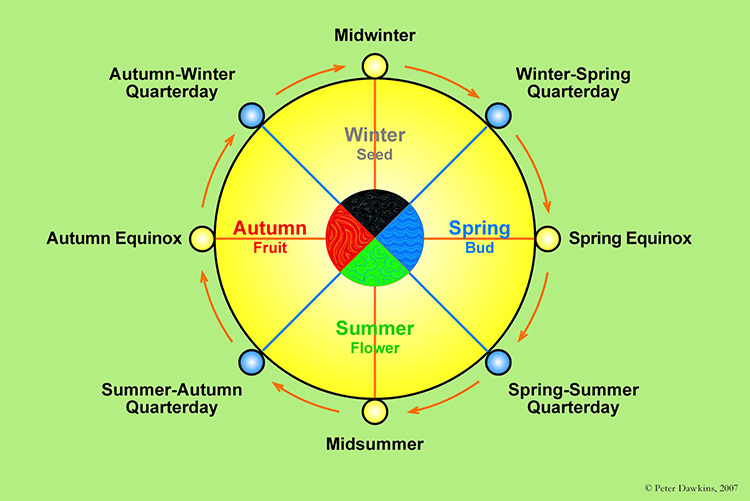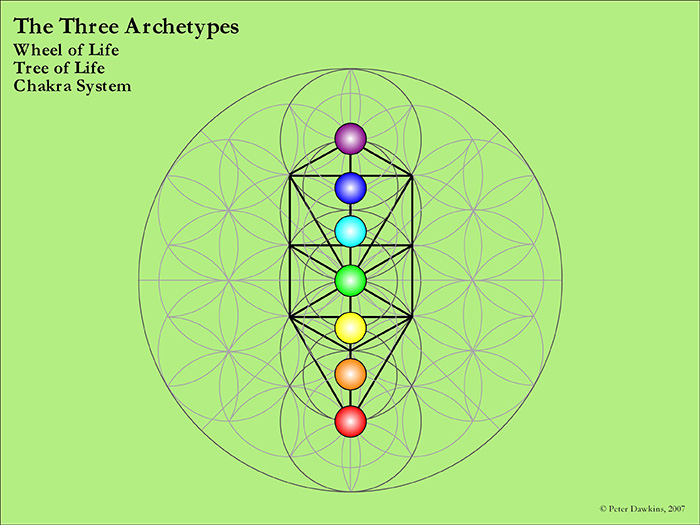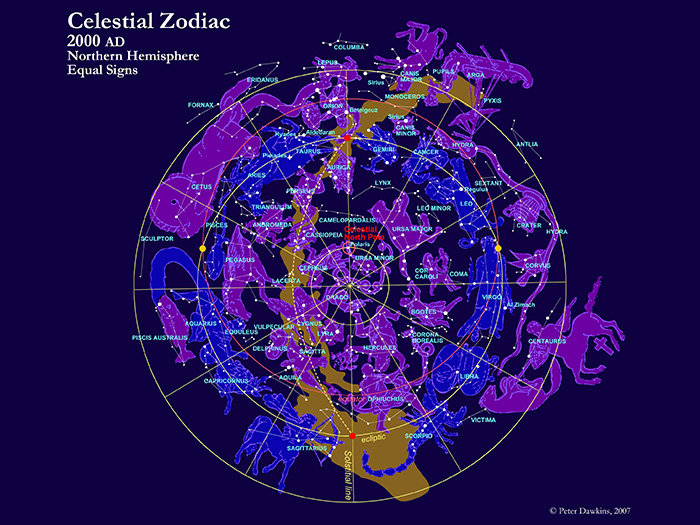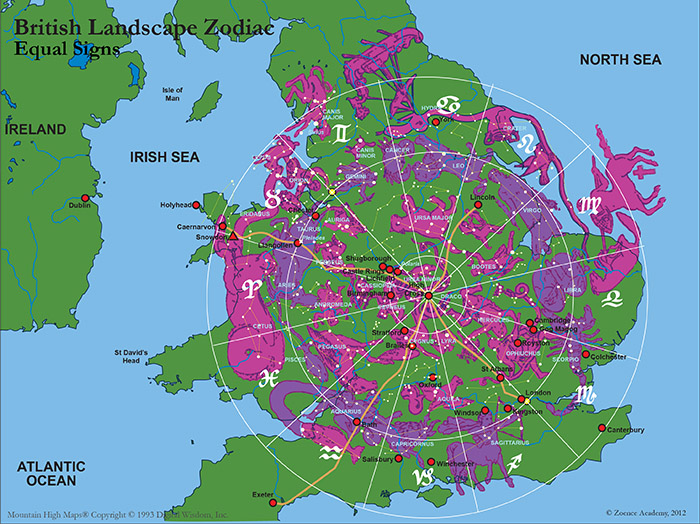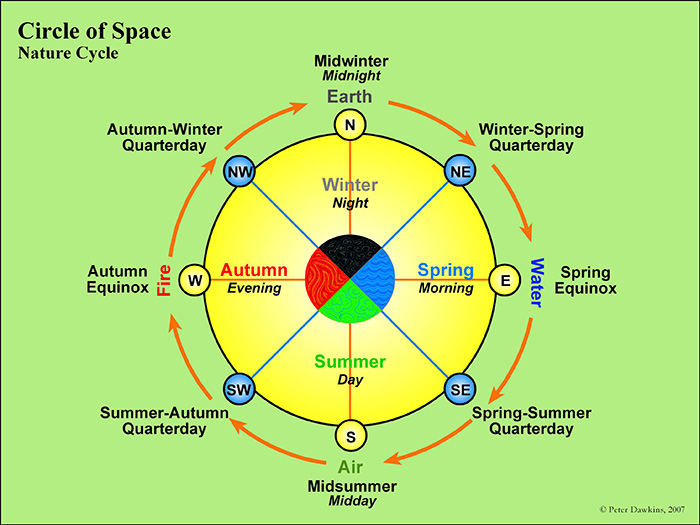Spring Equinox
Festival of Promise
20-22 March
The spring equinox marks the mid-point of spring and one of the two times of the year when the daylight and night-time hours are equal, with the Sun rising at 6:00 am and setting at 6:00 pm on an ideal horizon. The equinox occurs on or about 21 March, being variable between 20-22 March.
This festival celebrates the time of love-making and of promises made between lovers, leading to their marriage at the May Day festival. In particular, it celebrates the moment when the Sun-god impregnates the goddess with light and makes her pregnant with their child.
In the classical Mysteries, the spring equinox marks the time when Persephone becomes pregnant, seeded by the light-semen of Zeus. Likewise, in the Christian calendar, it is the moment when the Virgin Mary conceives the child Jesus, fathered by ‘God’ (Latin, Deus, from Greek, Zeus).* The Christian celebration of this great festival spans several days and is celebrated with sub-festivals: the Feast of St Joseph (19 March), the Feast of the Archangel Gabriel (24 March) and the Annunciation of Our Lady (25 March).
In Celtic/Anglo-Saxon countries, the equinoctial festival is known as Ostara, celebrating the goddess Eostre and the moment of conception of her child, the new Sun-god, whom she will give birth to nine months later, at Yule, the winter solstice. The word ‘Easter’ is derived from the goddess’ name and that of her festival. As with other of the Great Festivals, this equinoctial festival of the goddess was usually celebrated at the full moon coinciding with or immediately following the actual equinox, thereby marrying the solar and lunar cycles.
One of Eostre's key symbols is the egg, which is nowadays known as the Easter Egg. The egg is the goddess’ egg, fertilised by the Sun-god, which will grow in her womb to become the new Sun-god, born at the winter solstice/Christmas. Since the the hen is symbolic of the Easter goddess and the cockerel is symbolic of the Sun-god, so the egg is a hen’s egg and the chicken is the baby Sun-god waiting to be hatched.
In the classical Mysteries of Attis, the spring equinox festival was known as the Megalensia. It was celebrated as a three-day festival, 23-25 March, during which the death, burial and resurrection of Attis was performed as a Mystery play. The resurrection on the third day was hailed as a promise that all disciples of the Sun-god would eventually triumph over death, and rise out of the grave of corruption and mortality into the heaven of incorruptible immortality and joy.** The Christian story of Jesus’ death, burial and resurrection is analogous these classical Mysteries of Attis.
* Deus is a Latinised rendering of the Greek Zeus. The Roman name for Zeus was Iupiter (Jupiter) or Diespiter (i.e. Deus-Pater), meaning 'God the Father'.
** The first human being to have achieved the complete resurrection of body as well as soul is traditionally reputed as being Enoch, also known as Atlas, the legendary king of Atlantis.
© Peter Dawkins
- Zodiac of Ages
- The Great Ages
- The Phoenix Cycle
- The Solar Breath
- The Grail Cycle
- The Great Festivals
- Solar Festivals
- Winter Solstice
- Winter-Spring Quarterday – Imbolc
- Spring Equinox
- Spring-Summer Quarterday – Beltaine
- Summer Solstice
- Summer-Autumn Quarterday – Lammas
- Autumn Equinox
- Autumn-Winter Quarterday – Samhain
- Lunar Festivals

